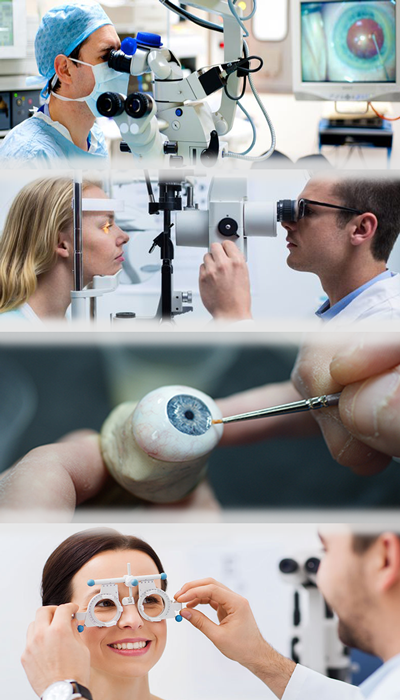What to Look for in Your Ocularist
 Helpful Tips For Choosing Your Ocularist
Helpful Tips For Choosing Your Ocularist
WHAT IS IT? Ocularistry is a specialized field that mixes the realms of art and anatomy. It requires a very fine attention to detail, manual dexterity and patience to achieve the best result possible for a recipient of a prosthetic eye.
Ocularists, such as Robert Henderlite here at Southeastern Ocularists, typically undertake 7 years of training as an apprentice to become specialists in ocularistry field. These individuals, like Mr. Henderlite, can also choose to become certified with the American Society of Ocularists (ASO), through the National Examining Board of Ocularists (NEBO), as a Board Certified Ocularist once their educational training through the society or practicing hours have been met. This certification requires completion of a hand written test as well as a fabrication portion in which the ocularist will need to demonstrate his/her skills before a examining board and proctor. The acquisition of this certification further demonstrates their commitment to their career.





